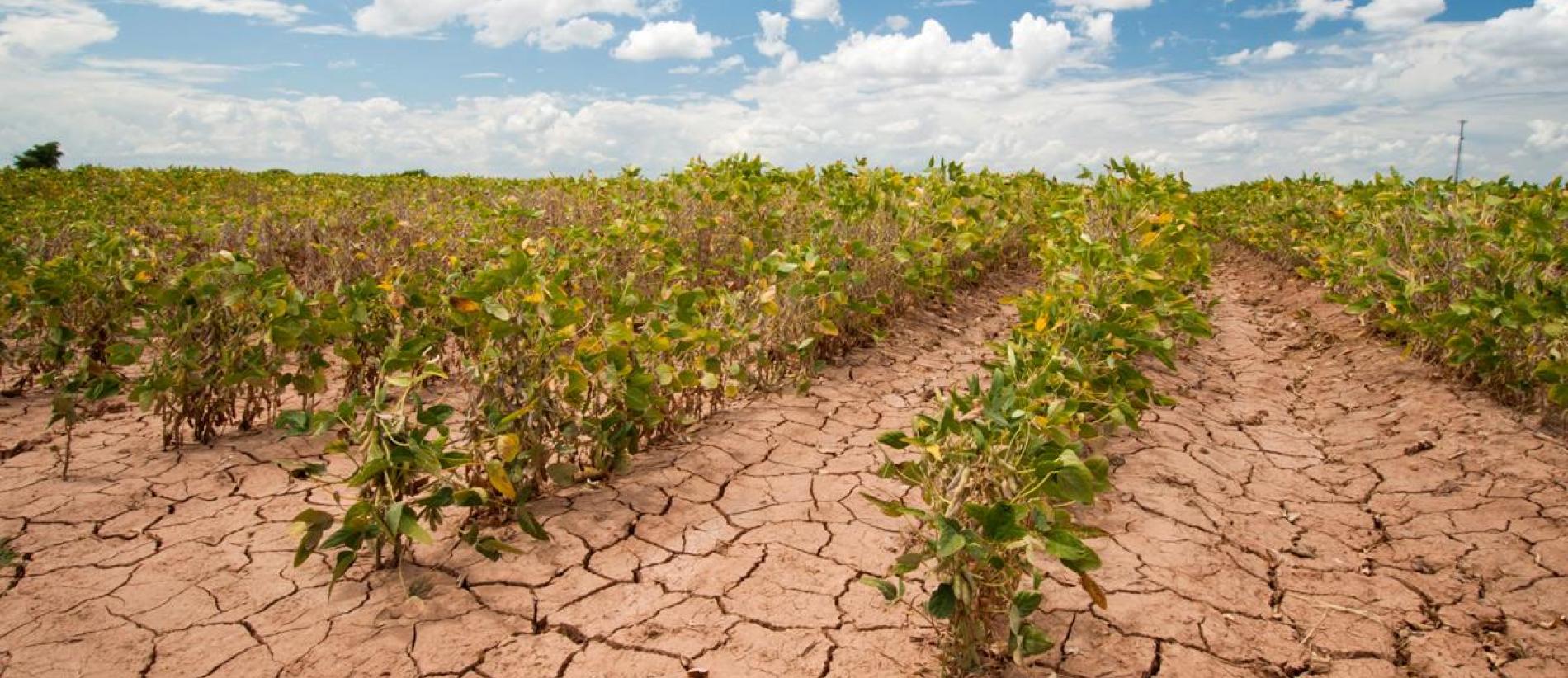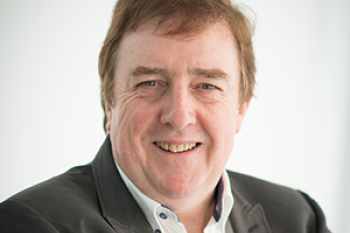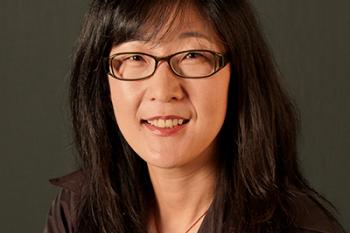
Interview - Dirk Inzé & Sue Rhee
How do the European Green Deal and the goals of plant research line up?
Dirk: “The Green Deal is an ambitious EU program that aims for carbon neutrality by 2050. EU leaders recently honed it even further, targeting a 55% reduction in greenhouse gas emissions by 2030. In this context, it’s important to acknowledge that agriculture is a significant contributor to climate change. Converting land to make it arable generates CO2, as do agricultural practices themselves. The use of farming machinery, fossil fuels, and fertilizer lead to emissions. Fertilizer is particularly harmful, as it produces N2O, a greenhouse gas that is 300 times more potent than CO2. Livestock produce methane, which is 100 times as efficient at retaining heat as CO2.
“By its nature, agriculture can never be 100% free of emissions. However, if we can develop new and innovative ways to make it more sustainable, we can reduce its harm significantly, in line with the ambitions of the Green Deal.”
How can plant science offer solutions to tackle the climate emergency we’re facing?
Sue: “In addition to playing a huge role in meeting the targets set out by the European Green Deal, plant science offers crucial tools and strategies to improve and safeguard the health of the entire planet. Several areas of plant science contribute in big ways, such as improving agricultural practices, as Dirk mentioned, and the improvement of plants themselves. Huge volumes of pesticides and fertilizers are used today, which harm biodiversity, destroy biomes, and produce greenhouse gases. Even more, it takes a lot of energy to synthesize these chemicals.
Plant scientists actively seek innovative ways to make plants more resistant to pests and enable them to use resources more efficiently. This, in turn, leads to a healthier environment and higher crop yields using fewer chemicals and smaller areas of land.”
“By its nature, agriculture can never be 100% free of emissions. However, if we can develop new and innovative ways to make it more sustainable, we can reduce its harm significantly, in line with the ambitions of the Green Deal.” - Dirk Inzé

Dirk: “Taking this a step further, we strive to identify ways to adapt agriculture to climate change, which threatens our food production. This means making plants more resilient to drought and high temperatures – and beyond. For instance, in the next few decades, it will become more and more important not only to reduce emissions but to remove them from our atmosphere. We can improve plants' carbon-capturing ability by engineering or selecting trees and crops with the right traits. Another thing to consider: we need to find a new source of protein that isn’t animal-based or imported from other parts of the world, where natural areas are destroyed to make room for livestock. We have to feed 7.8 billion people today – and 9.8 billion in 2050. We must sustainably intensify our agriculture by increasing yield and reducing the area of land needed to grow crops, and then use the saved land to recreate biodiversity.”
Will all of these topics be covered during the conference?
Sue: “Absolutely, and more. Our speakers will be discussing how to use plant science to adapt to climate change, how to better understand plants, their resilience, and how they adapt to changing environments. Specific topics include plant tolerance to drought, high temperatures, salinity, and flooding, so we have speakers from lots of different areas, including metabolic engineering, plant physiology, ecology, and evolutionary biology.”
Dirk: “The idea is to stimulate awareness and discussion, to instill in young people the belief that this is an area that can truly, broadly, and impactfully benefit society.
“We named it ‘Plant Science for Climate Emergency’ because that’s what we are facing: an emergency. It’s too late to go back. The climate is changing, and we will all be affected, particularly the next generations. It’s time to act.”

Sue: “We see this urgency in our daily lives – think of the fires in Australia and here in California. Combined with the impacts of the COVID-19 pandemic, this is really hitting home for me in a visceral way. “Today, we are seeing an example of how a combination of disasters – climate change and infectious disease – compounds the challenges we’re facing. Imagine a plant virus variant emerging capable of wiping out crops while we’re suffering from fires and flooding at the same time. “This combination of adverse conditions could wipe out the majority of crop production. People are currently dying from COVID-19. Imagine people dying from starvation at the same time. This scenario is possible.”
Can you give a few insights into how green biotechnology offers solutions to avoid this combination of challenges?
Sue: “We’ve mentioned enabling plants to take up nutrients even better – even to the point of not requiring fertilizer.
Scientists are taking this further by synthetically engineering plant characteristics. We already see the benefits from plants engineered to be resistant to pathogens.
Dirk: “The traditional way of improving agriculture is through breeding, a slow, uncontrolled process that we’ve been successful at. If you look at corn, for example, we’ve increased its productivity sevenfold in 100 years. But it’s slow, it’s imprecise, and you have to be lucky. Now a new tool has entered the picture: genome editing. It’s a precise way to change plants' genetic codes, without the hits and misses and years of experiments. It is an enormously helpful way to improve crops, and I am disappointed to see the impacts that fear-mongering and unscientific arguments have had on this powerful tool for good.”
Are such technologies already used to mitigate rising levels of greenhouse gases?
Dirk: “We successfully use data insights to deal with insects, and we have developed agricultural technology that avoids the need for tilling – a practice that harms the environment by killing all living organisms in the soil. Drought-tolerant strains of crops are already being grown.”
Sue: “The best tech for capturing greenhouse gases is nature itself. Plants on land and phytoplankton in our oceans sequester half the CO2 that we produce. This is an important strategy to take in engineering or enabling organisms to be more efficient at sequestering CO2 from the air. There are some ambitious initiatives in the pipeline in this area.”